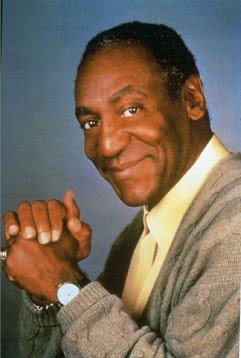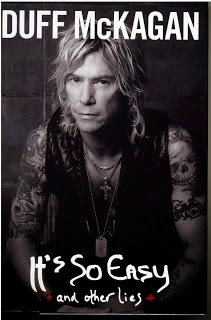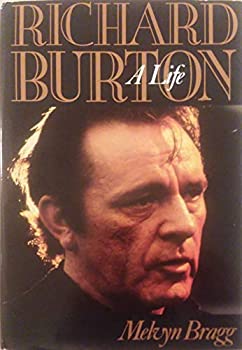Laurie Kelley
March 17, 2008

I have my friend and colleague Richard Atwood of North Carolina to thank for this entry, and my editor Sara Evangelos for editing this. I enjoyed it so much I had to use it tonight. This is taken from Richard’s review of two books, listed below, and it will also appear in PEN in May. I wonder how many in our community knew of this?
The lives of Elizabeth Taylor and Richard Burton intersected with volatile chemistry, and a small part of that mixture involved hemophilia. Yet the role of hemophilia in their celebrity relationship is difficult to uncover, and was possibly meant to remain hidden from the public.
Elizabeth Rosemond Taylor was born in 1932 in London, England, and Richard Burton (Richard Walker Jenkins) in 1925 in Pontrhydyfen, Wales. They both began acting careers, and their personal relationship developed while filming the movie Cleopatra in 1962; the love affair between Antony and Cleopatra seemed to transpose into the torrid affair and two stormy, highly public marriages of Richard and Elizabeth.
In Elizabeth, it’s revealed that in May 1964, Richard was upset after being booed as the lead in Hamlet on Broadway. He began drinking heavily and then argued with Elizabeth, who was watching a Peter Sellers movie on television. During their argument, Richard kicked the television screen with his bare foot and cut a toe to the bone. The blood flow wouldn’t stop for an hour. At the hospital, Richard received a dozen stitches. There, Elizabeth discovered that Richard suffered from mild hemophilia, a condition he had known about since childhood, as four of the Jenkins brothers had “the disease of kings.”
As a precaution, Richard began using an electric razor to avoid nicks while shaving, and Elizabeth ensured that a supply of vitamin K was available for his hemophilia. When Elizabeth learned that there were “more than a hundred thousand sufferers in the United States alone,” she and Richard contacted the National Hemophilia Foundation for ways to raise funds for public awareness. In June 1964 the couple established the Richard Burton Haemophilia Fund, with Elizabeth as chair. For raising hundreds of thousands of dollars, the fund was recognized in the June 17, 1964, issue of the United States House of Representatives Congressional Record, and in the June 27, 1964, issue of the British Medical Journal.1
Richard Burton: A Life is a an in-depth biography, and yet hemophilia is mentioned only once and the Richard Burton Haemophilia Fund is not mentioned at all. Elizabeth contains a short section titled “Richard’s Hemophilia.” The index includes two listings for hemophilia, under “Charities and Causes” and Richard Burton; but there is no listing for the Richard Burton Haemophilia Fund, although NHF is listed.
Richard Burton had more pressing medical problems than his hemophilia. Drinking and smoking adversely affected his liver and lungs, and he also suffered from epilepsy and acne. He blamed his arthritis on neck and back injuries from playing rugby as a youth, and on the “weak Jenkins bones.” Richard’s hemophilia didn’t prevent him from fighting, and was only mentioned in the book because of the 1964 bleeding incident. For some reason, perhaps the for fear of being stigmatized, the role of hemophilia in Richard Burton’s life never reached center stage.
Source:
Richard Burton: A Life
Melvyn Bragg, 1988. New York, NY: Warner Books. 643 pages.
Elizabeth
Randy Taraborrelli, 2006. New York, NY: Warner Books. 671 pages.
 Last week we showed how the Beatles had a brush with hemophilia. Now our friend Richard Atwood has uncovered another connection: Bill Cosby. Who knew?
Last week we showed how the Beatles had a brush with hemophilia. Now our friend Richard Atwood has uncovered another connection: Bill Cosby. Who knew?



